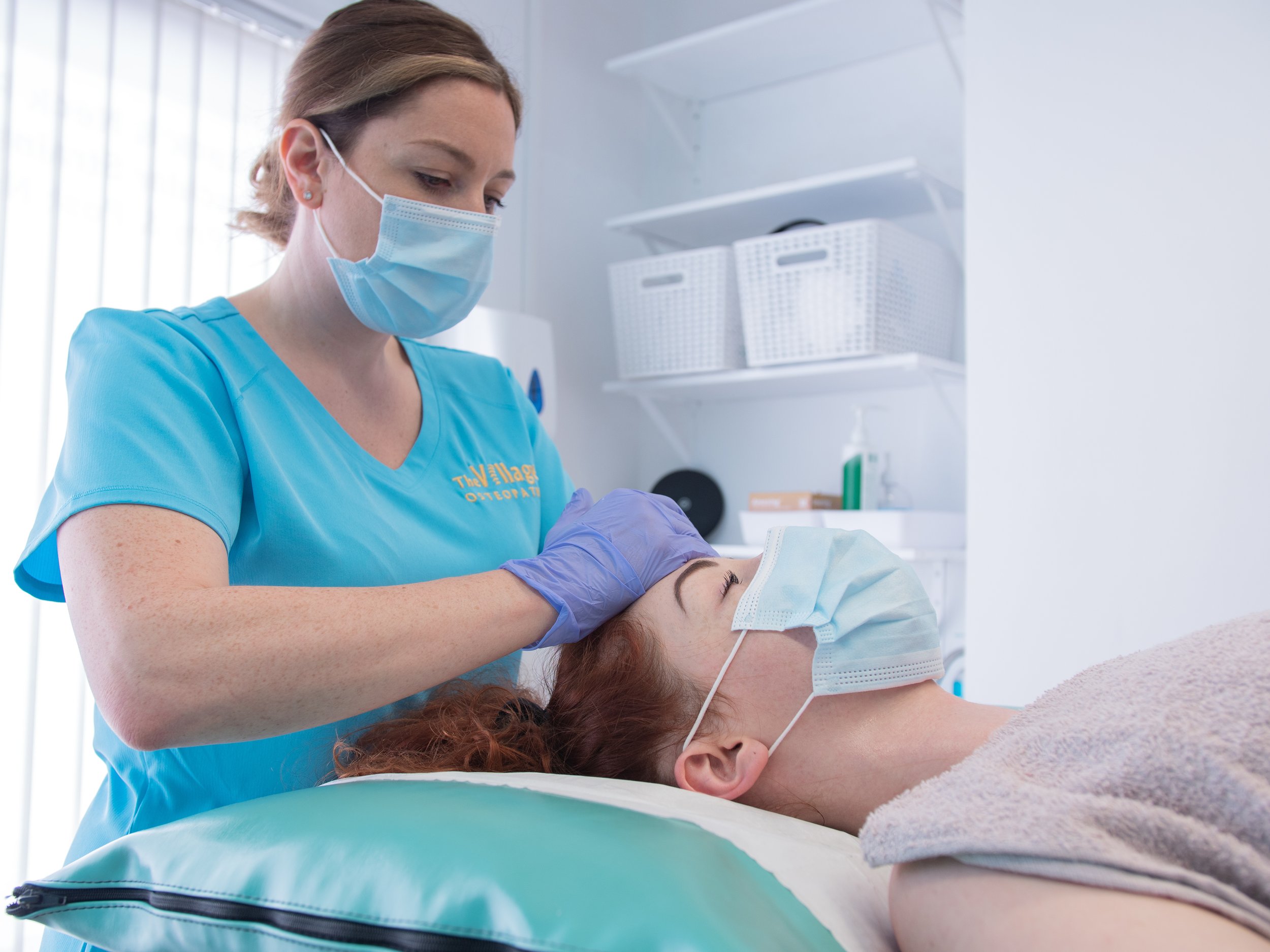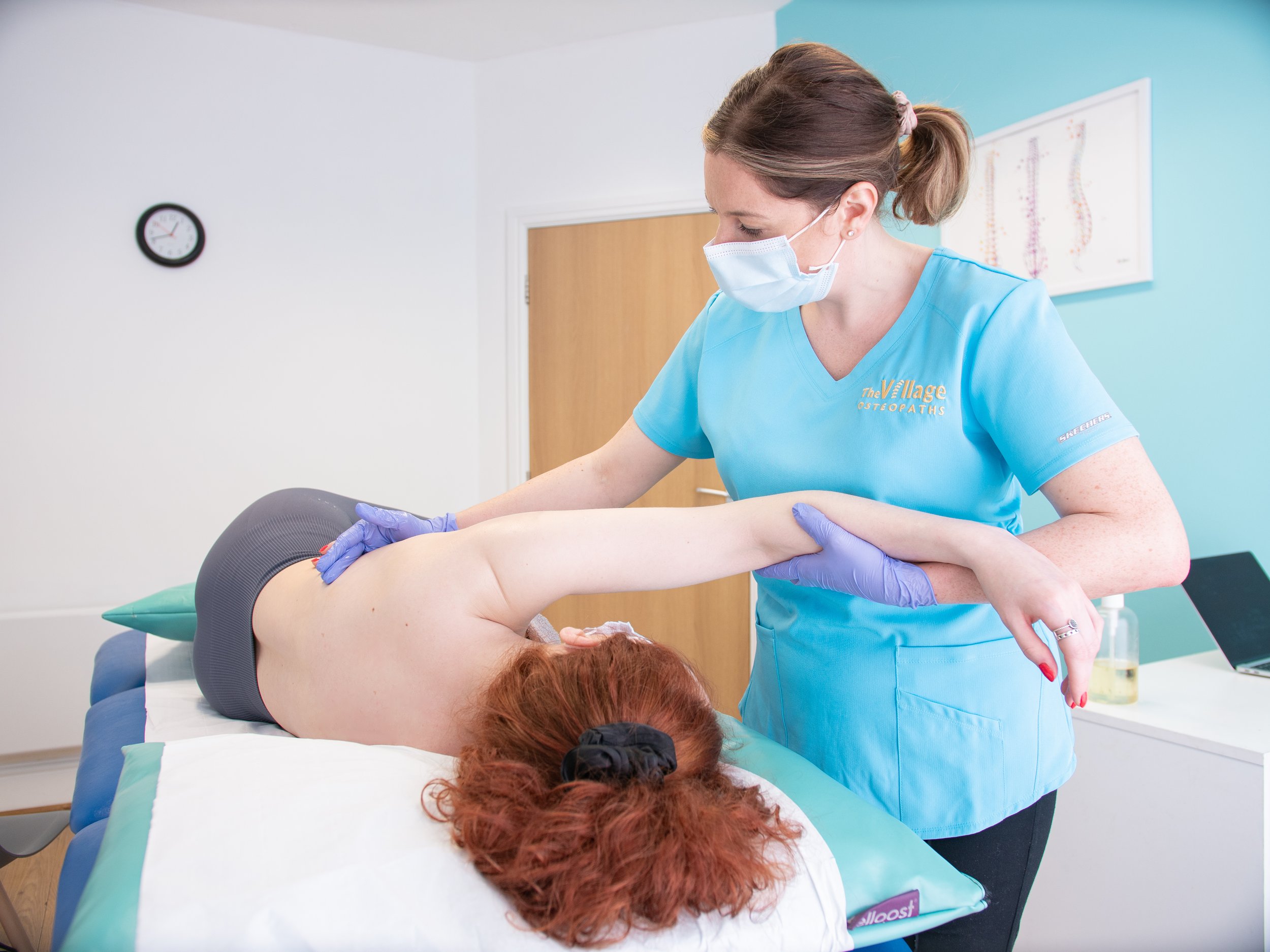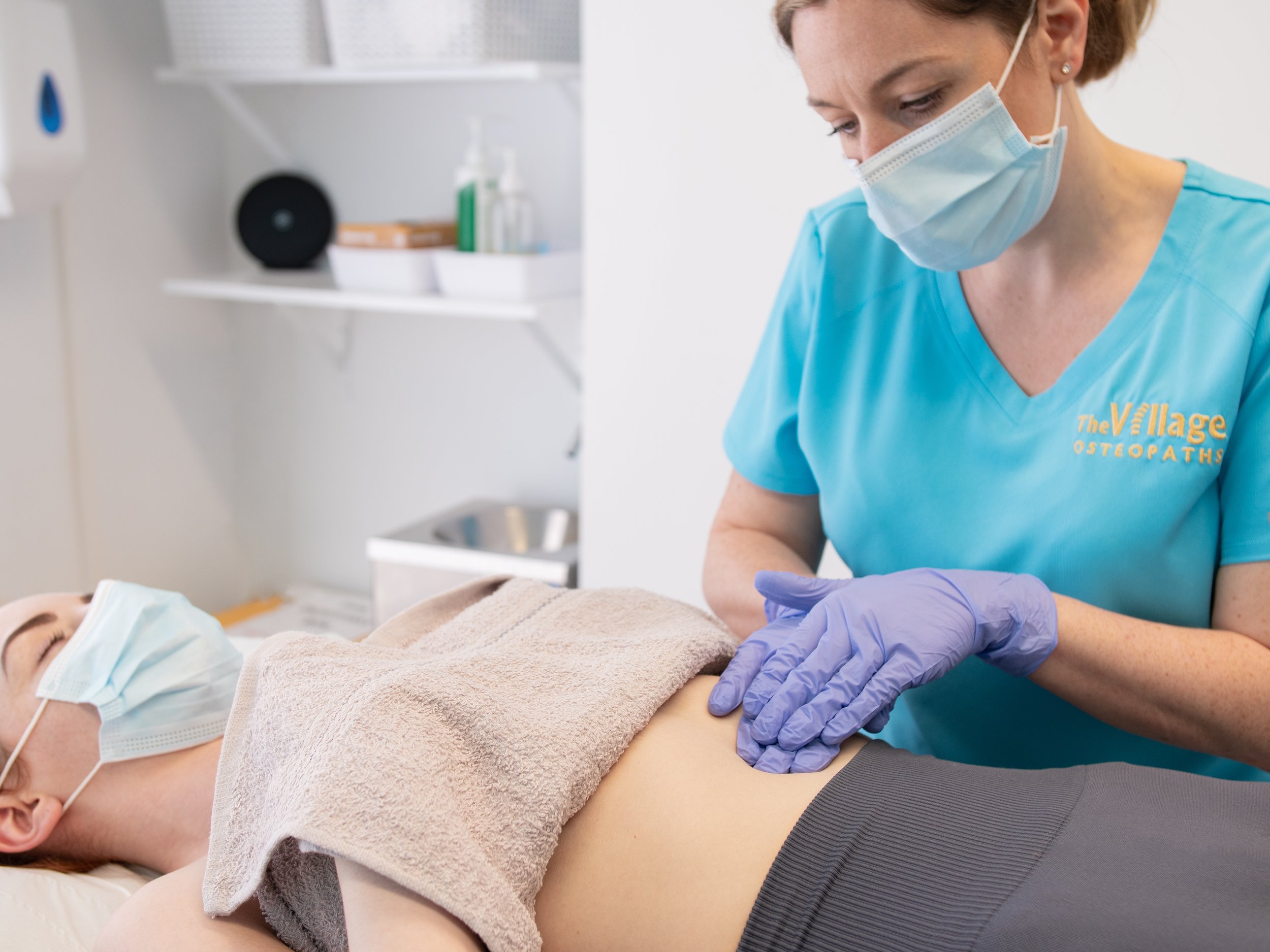
The Perrin Technique
Treatment Journey
The Perrin Technique™ is a phased osteopathic approach.
All patients are different; they have different genetics, life experiences and illnesses. There are common features to the conditions of ME/CFS, FMS and Long-Covid, but patients can have a range of different levels of recovery using The Perrin Technique.
We have looked to explain this by splitting The Perrin Technique into phases. The different phases are common to all patients, but not every patient experiences every single part of each phase. This is where your bespoke treatment plan is crucial on your journey to recovery.

Phase 1: Detox
Your treatment plan commences with weekly 30 minute treatments to breakdown and flush away the build-up of toxins in the lymphatic system. To maintain momentum and progress, a self care treatment routine is advised between appointments.
In some patients this increased toxicity can initially see them feeling worse than they did before treatment started. Rest assured, this is a good sign the treatment is working and is only temporary.
You may be advised to adapt your daily routine to help boost your recovery, which may include reducing work and leisure activities. We only advise on this after a consultation and can help provide documentation to advise the relevant people of your condition.
Review appointments are recommended roughly every 12-15 weeks where your progress is tracked both physically and symptomatically. A decision is then taken on whether your body is ready for appointments to be spaced out to fortnightly or more.

Phase 2: Recover
Regular treatment in clinic enables the backed up toxins to be shifted and encourages the body to start recovering some functions. Over time, as the level of toxins reduces the pressure on the SNS and the body is able to slowly re-control lymphatic drainage itself.
External factors can play a role, such as a busy time personally or professionally might make the transition difficult. However, your osteopath always puts your best interests first and will be best placed to advise when best to enter this phase.
Once you have made the transition you will likely feel the benefits of the treatment and increased energy levels. We emphasise managing expectations and continuing with all our advice to avoid the boom-boost scenario so you maintain momentum and transition to the next phase.

Phase 3: Rehabilitate
Treatments can move from fortnightly and transition to three weekly, monthly, six weekly then three monthly. Your body is continuing to function more effectively and to help maintain this your treatments may involve more osteopathic structural work, for example to your spine and pelvis, to reduce strains or restrictions in your body.
As appointments spread out further patients start to become accustomed to the increased energy levels and reduced symptoms. It is really encouraging and rewarding for us to see patients start to thrive and resume elements of their lives before the condition took hold.
It is not uncommon to see patients changing during the course of treatment, going from driven, career-orientated people to putting their health first. Equally, patients who have been ill and even housebound for a longtime are able to experience new, exciting things and enjoy life.
We continue to gently caution patients to pace and moderate activity, but for every patient the comes a point where treatment is seen as a top-up rather than the necessity it once was. At this point we talk about management plans, how to safely increase activity and build stamina, and how best to approach this next chapter in your life.

Phase 4: Maintenance
Many of our patients see a full recovery which is wonderful to see, but despite this we advise maintenance checks and treatment for reassurance and to ensure ongoing health. At this point every six months and eventually once a year is all that is needed.
For some patients due to many factors there is a limit to how much The Perrin Technique alone can help. We always maintain that a multifaceted is often needed and advise on recommendations. For these patients more frequent maintenance has found to maintain a good level of recovery.
Should patents ever wish to take a break from treatment or explore alternative avenues, we advise we are still here for you if you need us. Your notes remain on file and, like many patients, we are here if you wish for a one-off or maintenance treatment.
The unfortunate thing about these conditions is stress can have an adverse impact on health. Patients dealing with stress or fighting off an illness can notice symptoms showing signs of returning. We give advise on what to do should this happen and we sometimes advise a temporary course of treatment as a preventative measure.
Working preventatively can halt symptoms exacerbating as The Perrin Technique reduces physical stress and maintains effective lymphatic drainage. Your osteopath will determine whether treatment is best as a one-off or if a short-term course of treatment would be best.
We typically recommend ad-hoc but semi-regular appointments to act in this preventative way so you do not experience the return of symptoms. However, the choice is yours and we will be here if you need us.

